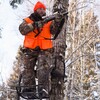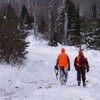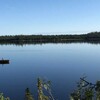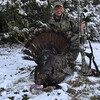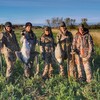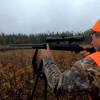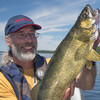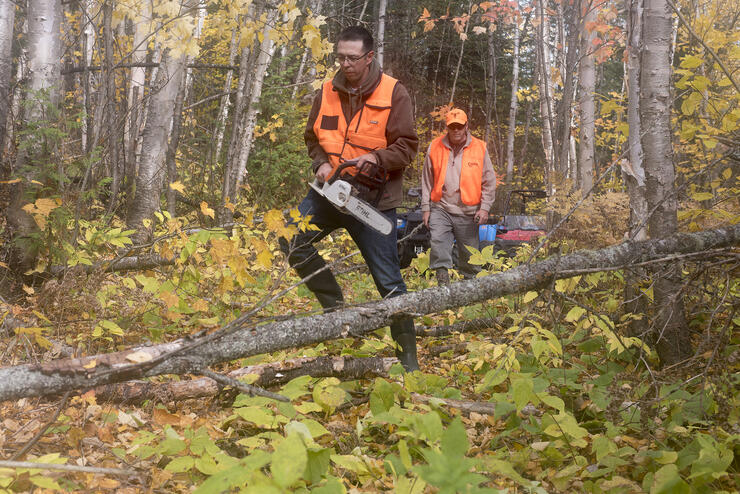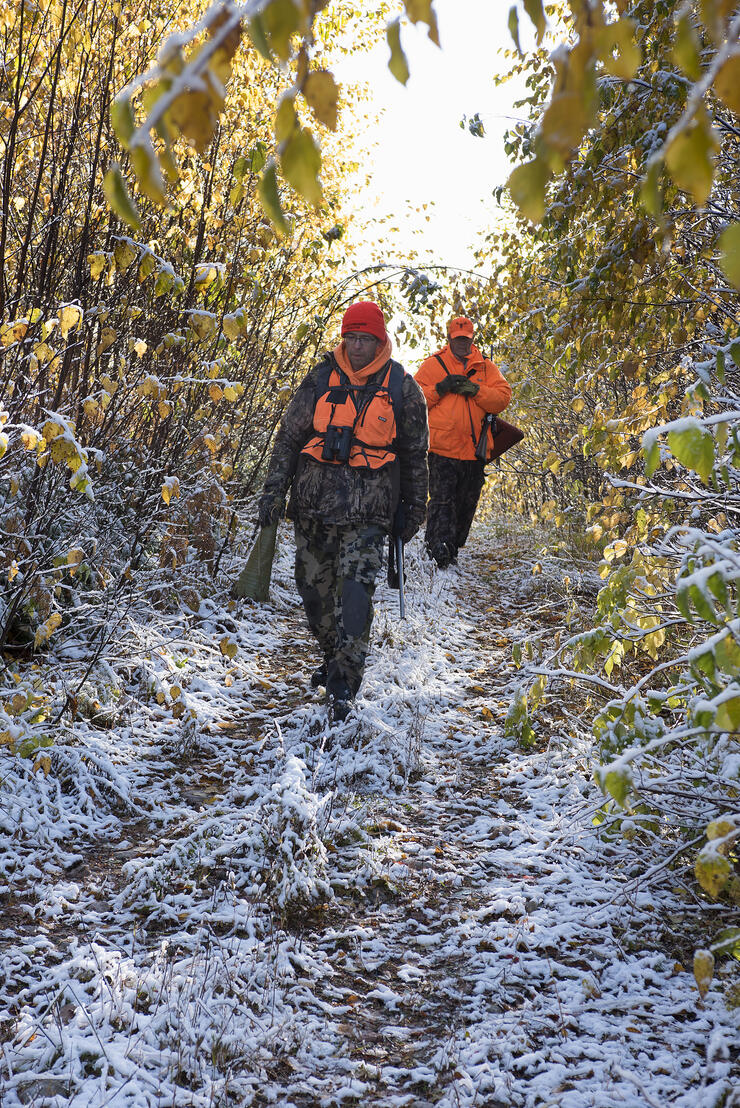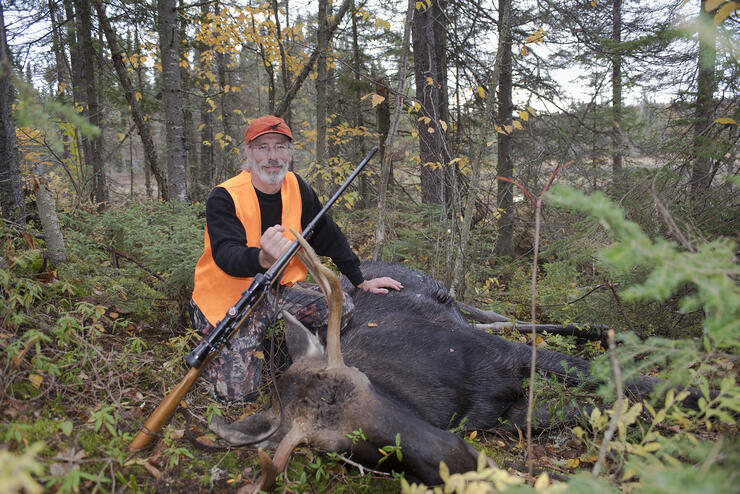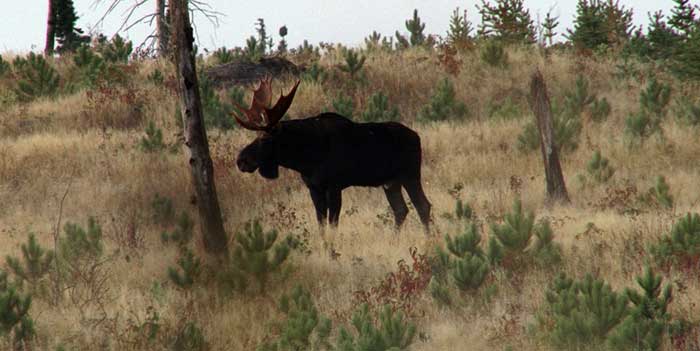
A Northern Ontario Moose Hunt
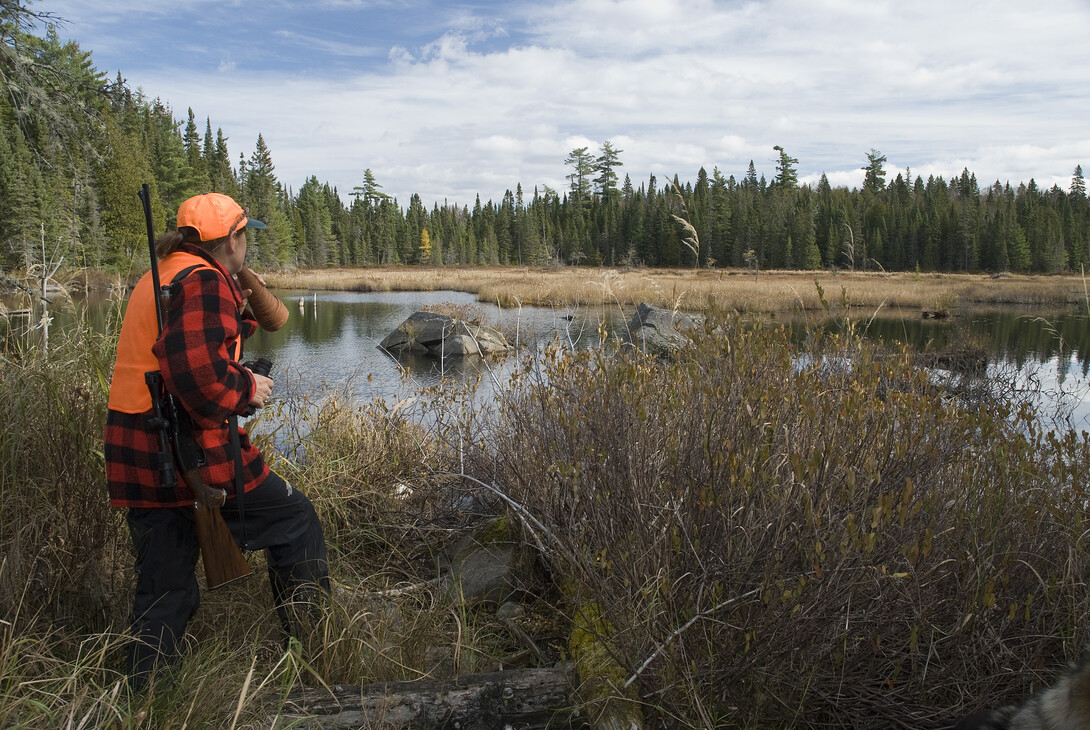
The opportunity to hunt for a magnificent creature like a bull moose is one of the great privileges we enjoy in Northern Ontario. As I creep down a rough path leading down to a point of land jutting into a wetland, I feel fortunate to have a wilderness that supports these large animals. The feeling is punctuated when I hear the loud bawling of not one, but two cow moose.
It’s mid-October, the fourth day of the hunt, and the rut is still on. It’s a time when females call out for mates, and the bulls are listening. In the low light, I step quietly to a clump of trees at the water’s edge. There is a real possibility that a bull is already with the cows, or will arrive very shortly, at the insistence of the females. As it turns out, both scenarios would play out.
Let the Hunt Begin
Earlier in autumn, I’d used the upcoming moose hunt as an excuse to spend a lot of time in the woods. I’d found areas with tracks, browse, beds, rubs, and broken trees, indicating the presence of a bull. A few days before the season opened, I revisited prospective spots with my partner Giles Charbonneau and his father Marcel. We decided to concentrate on this area of meandering creeks, broad swamps, and old logging cuts.
The first three days of the hunt involve early mornings at strategic points, making cow calls, and waiting. Sitting quietly in the wilderness, watching as daylight bathes the landscape, is one of the most rewarding aspects of the hunt. Not only are we fortified with the sights and pungent smells of autumn, we see and hear moose every day of the hunt. Although no shots are fired, the presence of animals is exciting and encouraging.
It’s now our fourth morning and I’m sneaking into position. The earnest call of the two cows pierces the still morning air as I struggle to move silently through the dark forest. I rest my barrel on my shooting stick and site through breaks in the trees, trying to anticipate where a moose might appear. Branches snap with the movement of two, perhaps three large beasts. I’m trying to remain calm, but my heart is thumping, and I know things could happen very quickly, or not at all.
More Than We Bargained for
I narrow my gaze across a short stretch of water to the opposite shoreline of the swamp, where the cows call unabated. The sun has yet to break the surrounding hillside, but I see a dark shape appear from the darkness of the bush line. She is a leggy cow moose, almost immediately joined by a second. When a third animal appears, I see the light brown of a rack. A bull.
I adjust my shooting stick and find a gap in the trees to shoot through. I know the animals are well within 100 yards. The bull steps forward and turns broadside. When my crosshairs are fixed steadily on target, I squeeze the trigger.
The moose turns and disappears into the woods. At the same moment, I look out into the swamp and see another bull, a larger one, walking swiftly towards the two cows, still standing on the opposite shore. The beast strides effortlessly across the bog before swimming across a channel to join the females. With the morning sun just starting to lick the tops of the trees, I sit and watch the interaction of these noble beasts for a full 20 minutes.
Rewards of the Hunt
Eventually Giles and Marcel show up and we make our way to the opposite shoreline. Just inside the bush line, a three-year-old bull lies on the forest floor, only a few yards from where it was shot. I am thankful the shot was good and its suffering was minimal.
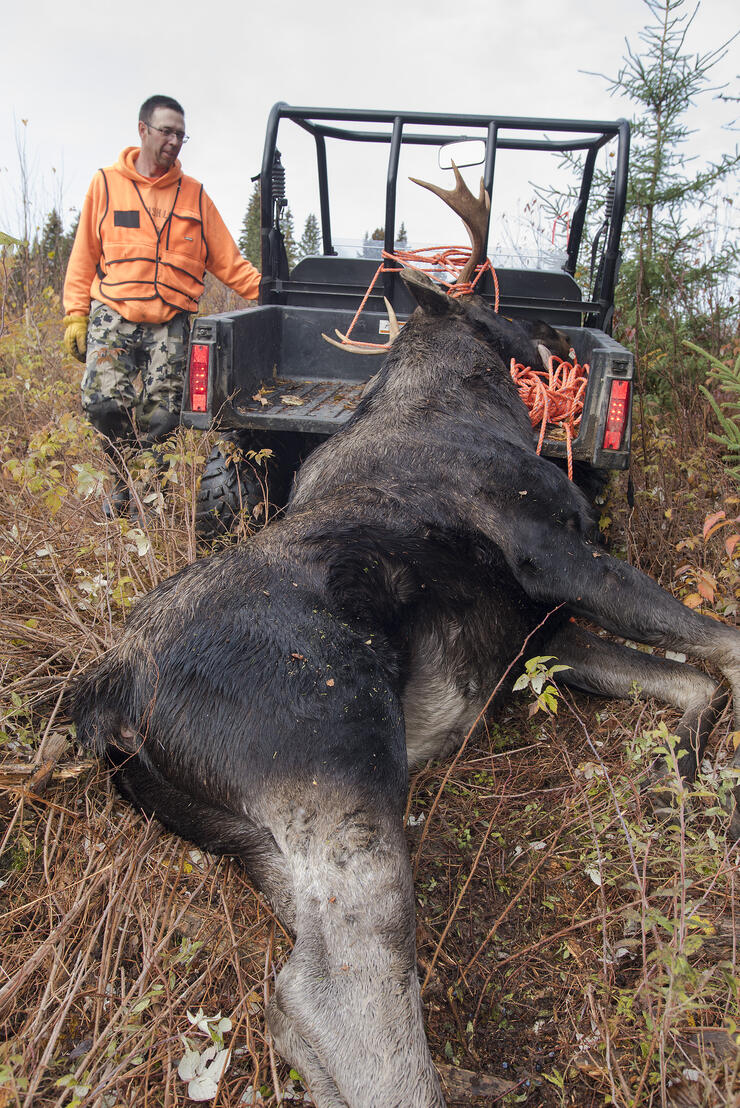
Transporting and processing an animal approaching 1,000 pounds is a significant undertaking, but a group effort of the Smedley and Charbonneau families results in hundreds of pounds of roast, steak, stew, and ground meat—weighed, wrapped, and divided amongst our families.
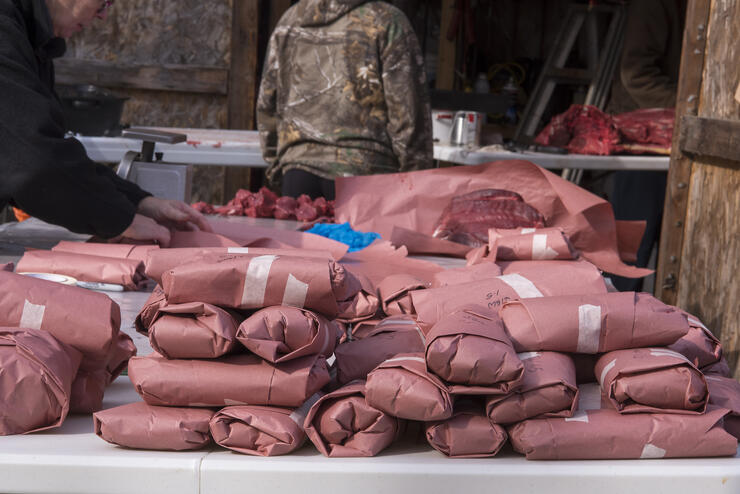
Throughout the hunt, we shared several meals with our hunting partners, and a few days after the butchering we gather again for a feast of moose tenderloin. It’s the first of many meals of moose we will savour, and we raise our glasses in thanks for friends and family, for the opportunity to harvest some of the best red meat available, and for the wilderness of Northern Ontario that makes it all possible.
Recommended Articles
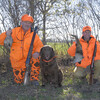
Top Pheasant Destinations
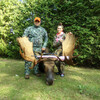
Ontario's Largest Moose by a Female
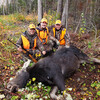
Techniques for an Ontario Moose Hunt
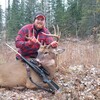
26 Amazing Whitetail Hunting Lodges in Sunset Country
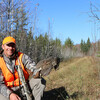
Grouse Hunting in Sunset Country
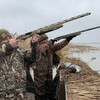
Big Water Diver Duck Hunt
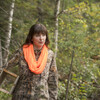
Becoming a Trapper
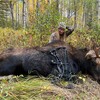
Moose Outfitters in Ontario
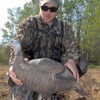
Ontario Turkey
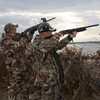
Prince Edward Divers
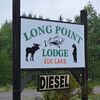
Grousing in Northeastern Ontario

Fall Moose Hunting
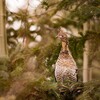
The Secret Life Of Grouse
Snow Hunt for Moose

Cooking Wild Game: Venison Kofta Kebabs
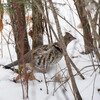
Snow Hunt for Grouse

Northwestern Ontario Whitetail Deer Hunt
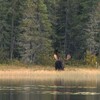
Moose Hunting in Ontario
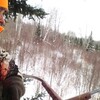
Understanding the Whitetail Rut
